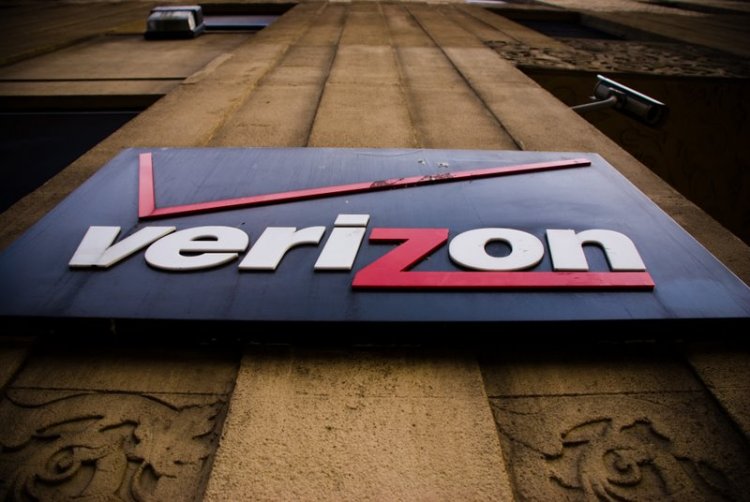AT&T and Verizon are both reading the same anti-consumer playbook, and I don’t like it.
Aping the phone upgrade programs announced by its competitors, Verizon today announced Edge, a four-letter early upgrade program of its own.
Like Next and Jump, Edge gives customers a way to upgrade their phones faster than they could have before. Launching August 26, the program will only be available to customers signed up for Verizon’s Share Everything plans, which means that anyone grandfathered into Verizon’s unlimited data plans won’t be eligible for Edge until they switch. Here’s how the program works:
- Verizon takes full retail price of a smartphone (say, $650 for the iPhone) and divides it over 24 months ($27).
- In order to upgrade after six months, customers must have paid off half the price of their devices (which means $325 in the case of our iPhone).
- Customers then have the option to trade their phones in for an upgrade. The process then starts again.
While AT&T and Verizon have made a big deal about how their upgrade plans are “flexible” and “give consumers options,” what the programs really do is rip off their customers. That’s because carriers already bake the cost of smartphone subsidies ($20 or so) into their service plans, meaning that, with Edge and Next, customers are essentially paying for their phones twice. All in the name of getting faster upgrades.
June 5th: The AI Audit in NYC
Join us next week in NYC to engage with top executive leaders, delving into strategies for auditing AI models to ensure fairness, optimal performance, and ethical compliance across diverse organizations. Secure your attendance for this exclusive invite-only event.
Compare that to T-Mobile’s new smartphone plans, which split the cost of the smartphone and your plan entirely, reducing the monthly cost of service. Next and Edge may sound like T-Mobile’s Jump, but they’re very different.
As with AT&T’s Next, your interest in Edge hinges largely on how much you care about getting the latest-and-greatest device as soon as possible.
The ironic thing here is that Edge is so bad for the average person that it makes Verizon’s existing upgrade option (i.e., wait two years) look better in comparison. And that’s pretty sad.


